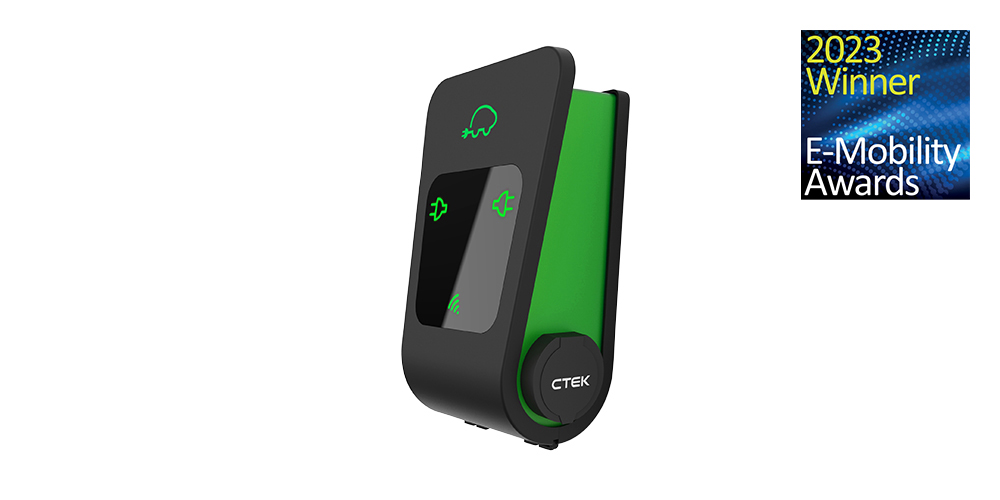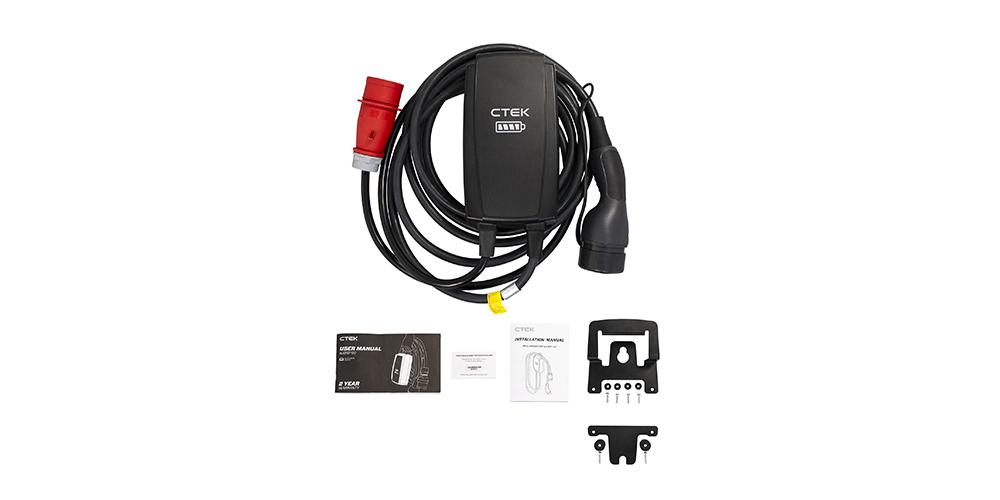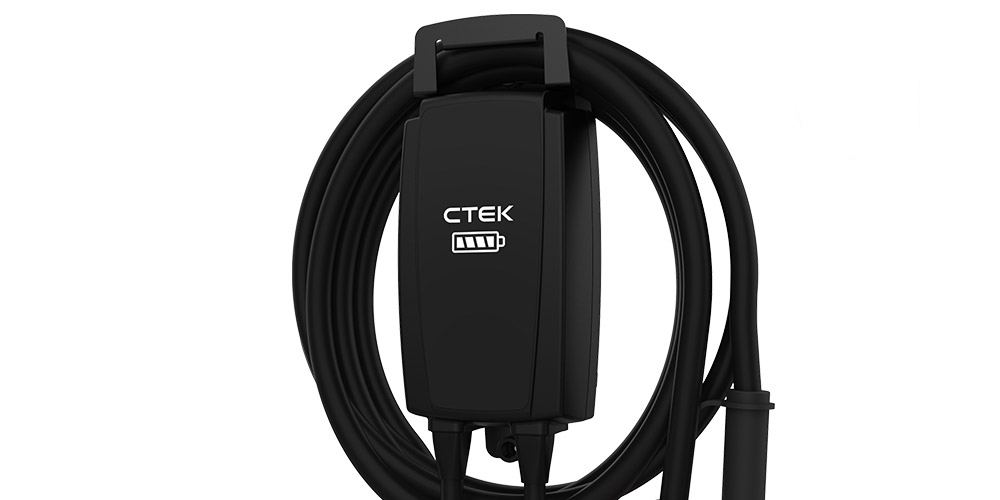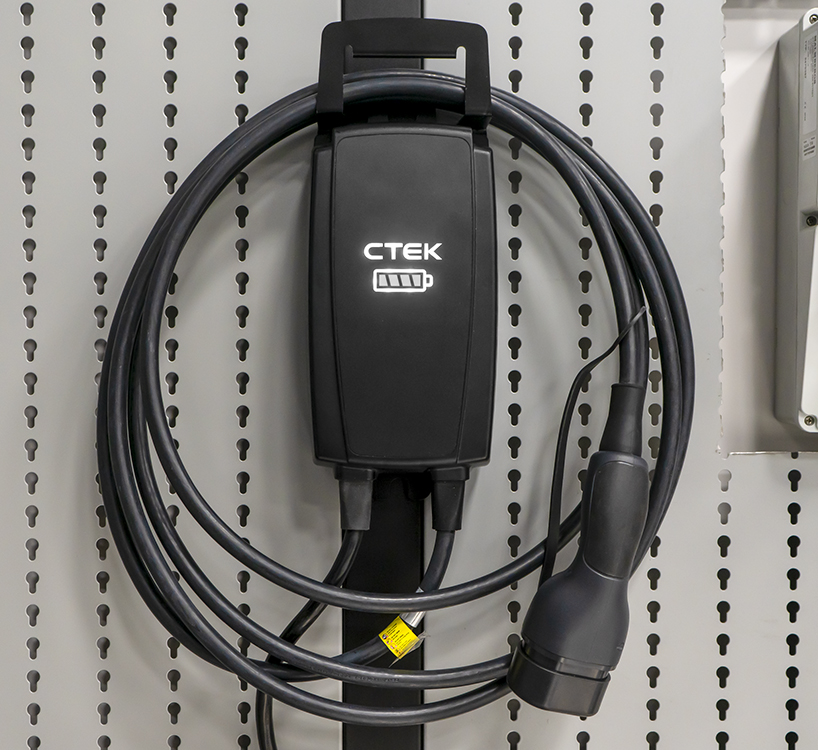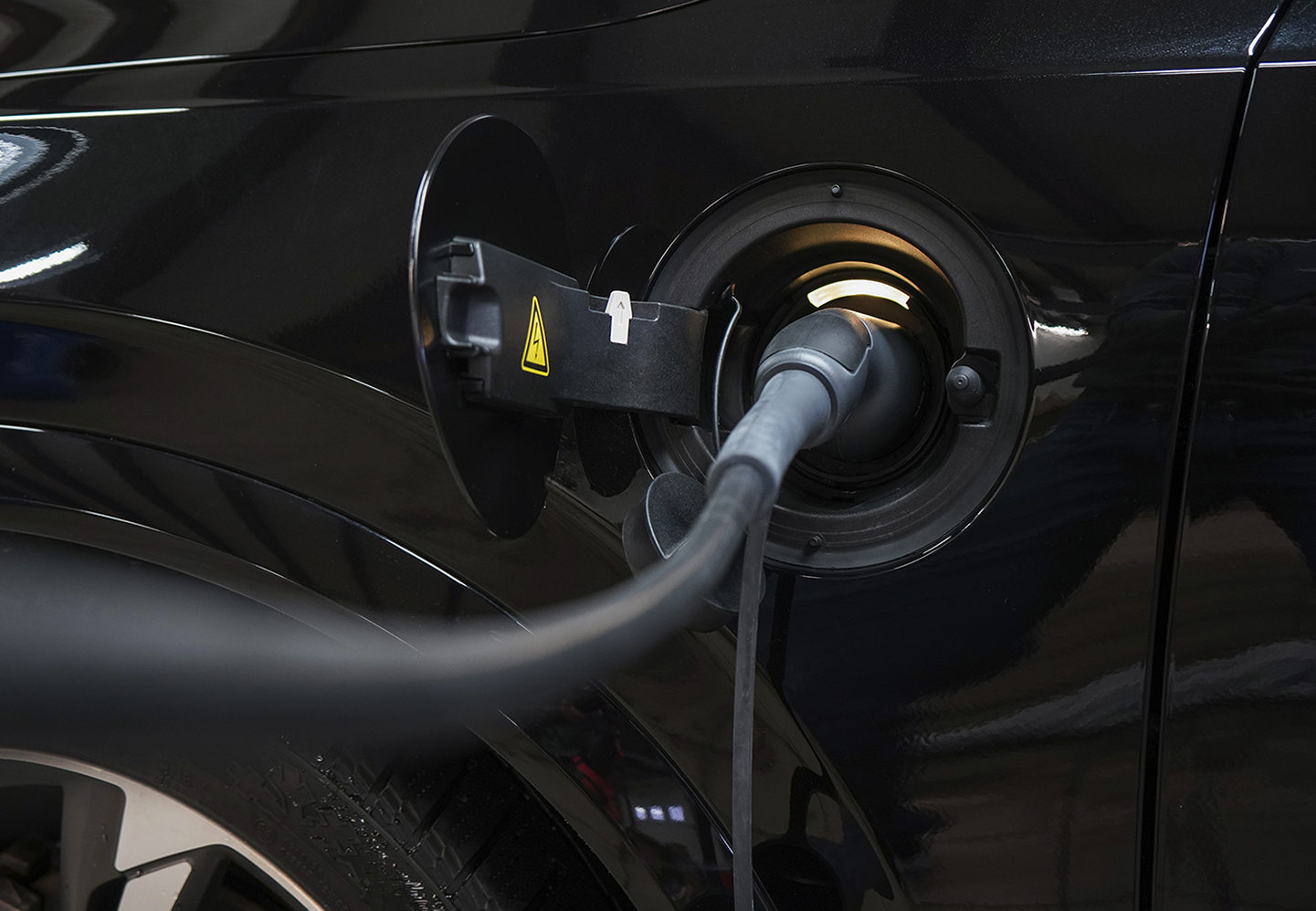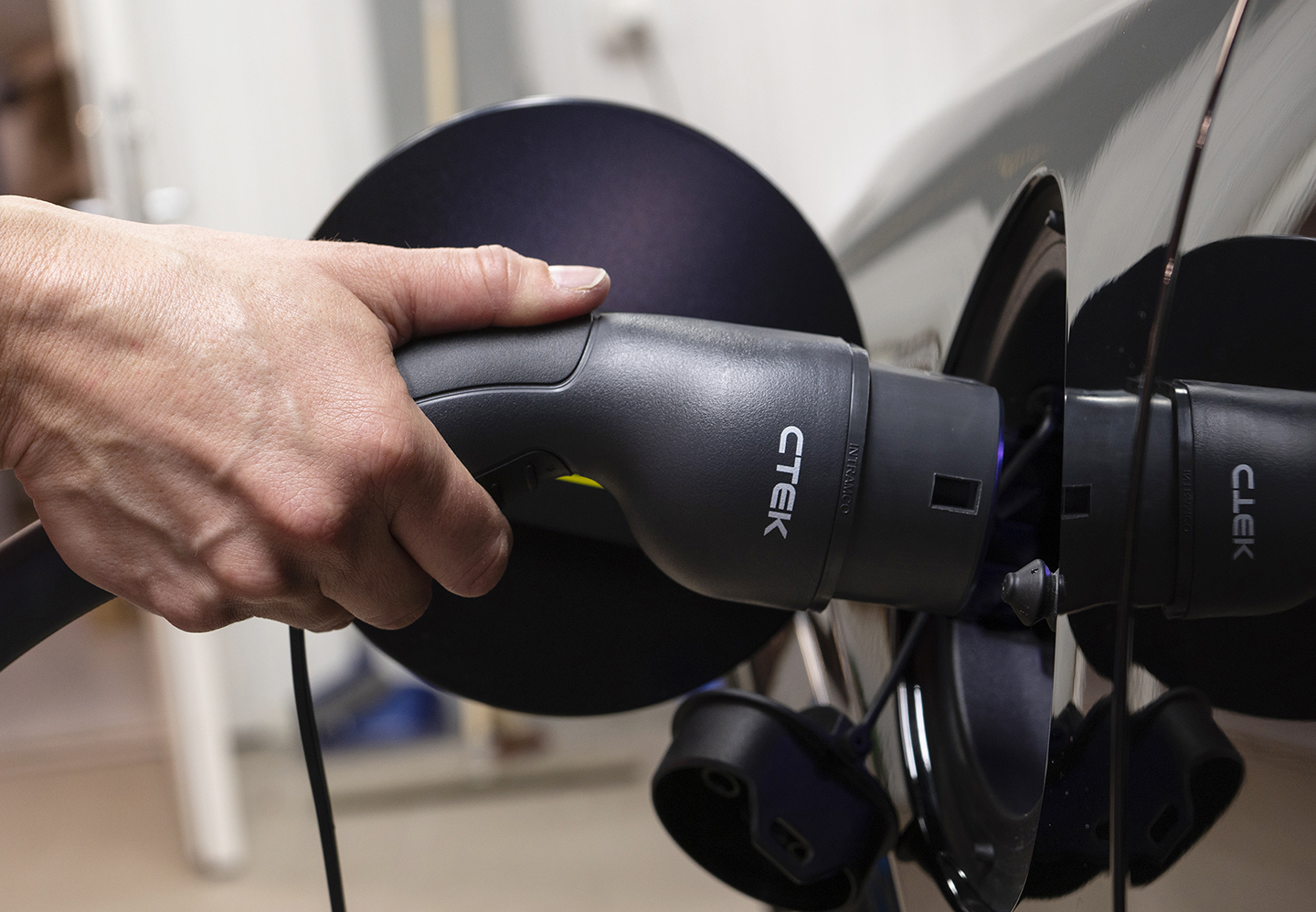EV chargers* - What you should know
Electric vehicles are in two categories. First there are battery electric vehicles (BEVs). They derive all the power used to move the vehicle from an embedded battery that stores energy. The second category is plug-in hybrid electric vehicles (PHEVs). They get power from a combination of a battery and an ICE. BEVs use EV chargers to connect to a power source while PHEVs can charge their batteries either from a power source or from the ICE when the vehicle is in motion.
EV chargers or charging can be classified in different ways. They could be grouped by the type of current (AC or DC), the charging location or condition, and the ‘level’ or mode of charging (UK EV owners are used to charging ‘modes’ while across the pond, it is commonly referred to as ‘level’), and charging standards.


